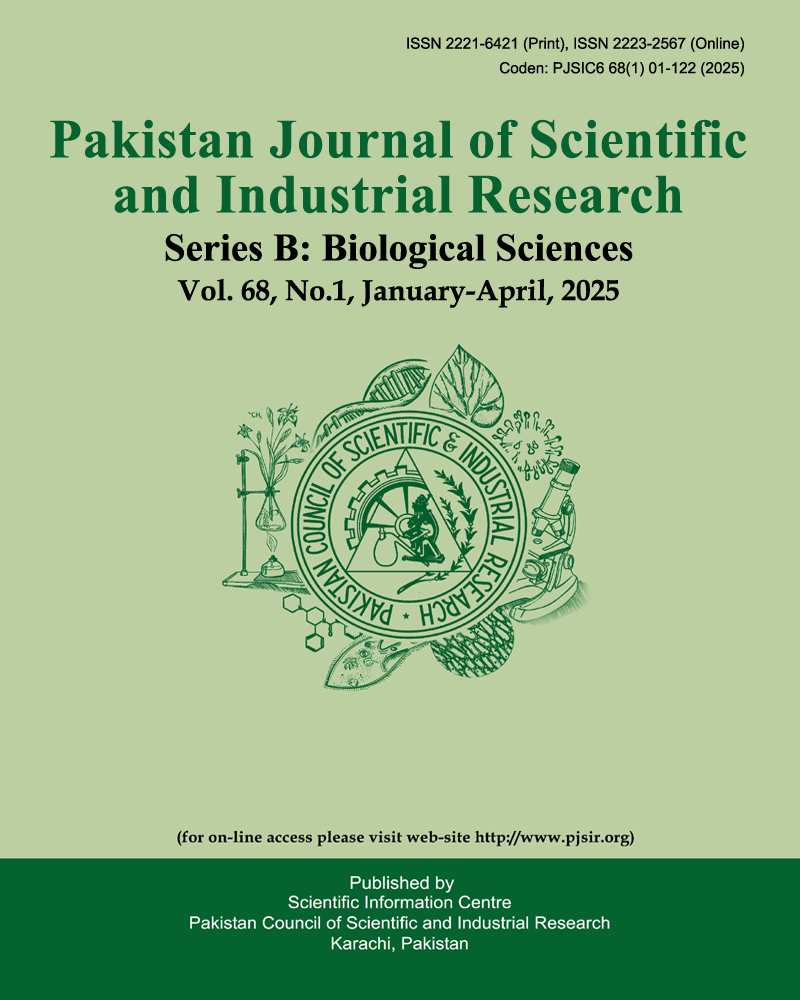Role of Calcium Chloride in Ameliorating the Growth of Vicia faba Plants Under Drought Stress
Role of Cl2 in the Growth of Vicia faha Plants
Keywords:
drought stress, growth hormones, quantum yield of photosynthetic system II, reactive oxygen speciesAbstract
This study was carried out to throw a beam of light on the role of CaCl2 application to ameliorate the growth and phenotypic traits of broad bean plants under drought stress. Decreasing water holding capacity (WHC) significantly reduced fresh and dry biomass, leaf relative water content, shoot, root lengths and leaf area. This reduction was associated with significant decline of chlorophylls concentration (Chl. a, Chl. b), quantum yield of photosynthetic system II (Fv/Fm), nutrient elements and growth hormones content. On the contrary, there was a significant increase of malondialdehyde (MDA) and abscisic acid (ABA) contents. Moreover, superoxide dismutase(SOD) and catalase (CAT) activities were significantly increased compared to well-water plants. Irrigation with 50 mM CaCl2 significantly enhanced the eliminating and scavenging of generate ROS beside increased the nutrient elements and growth hormones content of drought stressed plants in comparison to those in absence of CaCl2.


